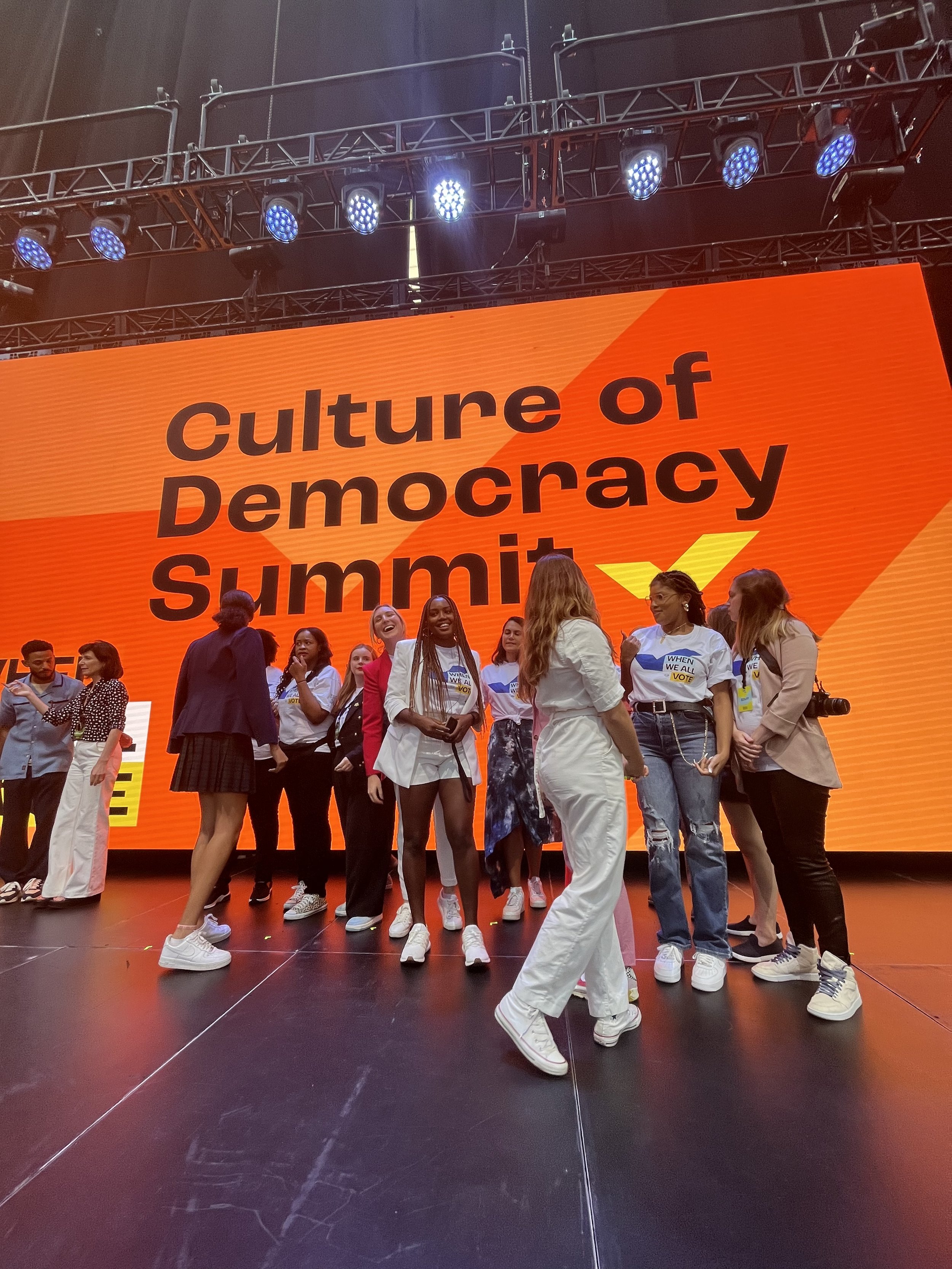Case Study: Diversifying Digital Mobilization Efforts to Reach Voters Where They Are
In response to the unprecedented challenges posed by the COVID-19 pandemic, When We All Vote—a nonpartisan organization co-chaired by Michelle Obama—transformed its voter engagement strategy to an entirely digital approach for the 2020 election. This pivot aimed to increase voter participation and reshape the cultural narrative around voting, particularly among young people and communities of color.
Situation
The pandemic disrupted traditional in-person voter engagement methods, necessitating a rapid shift to digital platforms. Key challenges included:
Engagement: Reaching and motivating eligible voters, especially younger demographics, through digital channels.
Education: Providing accurate, accessible, and timely voter information amidst a rapidly changing electoral landscape.
Authenticity: Maintaining genuine connections with audiences in a virtual environment.
Approach
To address these challenges, When We All Vote implemented a comprehensive digital strategy:
Diverse Digital Platforms: Utilized TikTok, Snapchat, Twitter, Instagram, Facebook, digital ads, email, broadcast SMS, and peer-to-peer texting to meet audiences where they are online.
Volunteer Mobilization: Built extensive volunteer texting teams on Slack to facilitate peer-to-peer outreach and foster community engagement.
Influencer Partnerships: Collaborated with high-profile celebrities and lifestyle micro-influencers to expand reach and build trust. Notable figures included Michelle Obama, Selena Gomez, Kerry Washington, LeBron James, Billie Eilish, and DaniLeigh.
Culturally Relevant Content: Engaged with current trends and cultural moments by participating in virtual events like Roots Picnic and Lollapalooza, and joining popular online activities such as DJ D-Nice’s 'Club Quarantine' and Verzuz battles.
Interactive Livestreams: Hosted Zoom and Instagram Live events that combined special guests, music, and volunteer training to maintain momentum and foster community.
Educational Resources: Produced and shared content focused on voter education, including information on registration and the voting process, tailored to resonate with young people and communities of color.
Result
The digital strategy led to significant achievements:
Voter Reach: Engaged over 100 million eligible voters through digital platforms.
Registrations: Facilitated 512,000 individuals to start or complete their voter registration.
Social Media Impact: On Instagram, content was shared 422,000 times and saved 74,000 times in the 100 days leading up to the election. Notably, 80% of the top 20 most-shared posts and 70% of the most-saved posts were dedicated to voter education and registration.
This digital-first approach not only adapted to the constraints of the pandemic but also effectively engaged and educated voters, contributing to the highest voter turnout in U.S. history.





